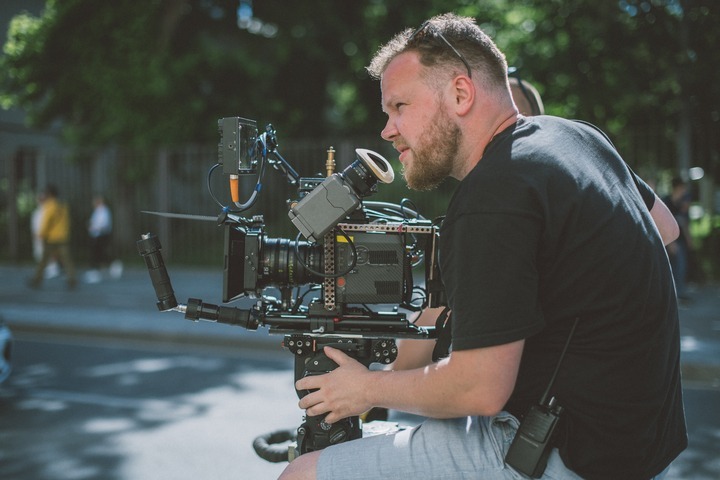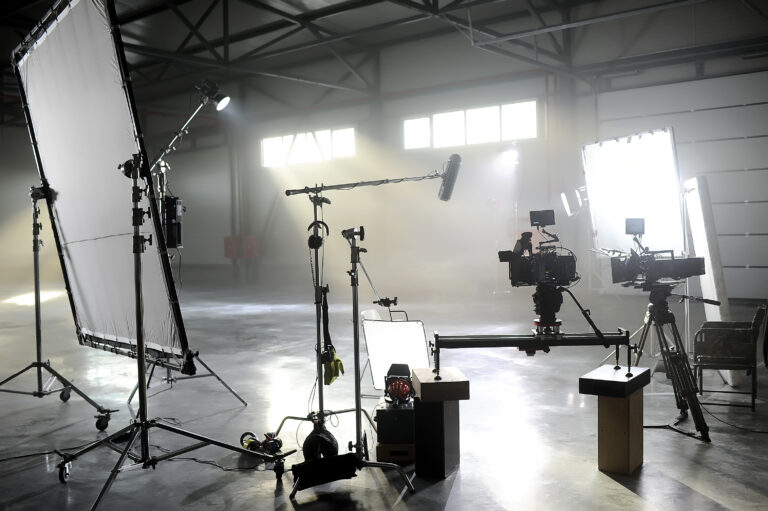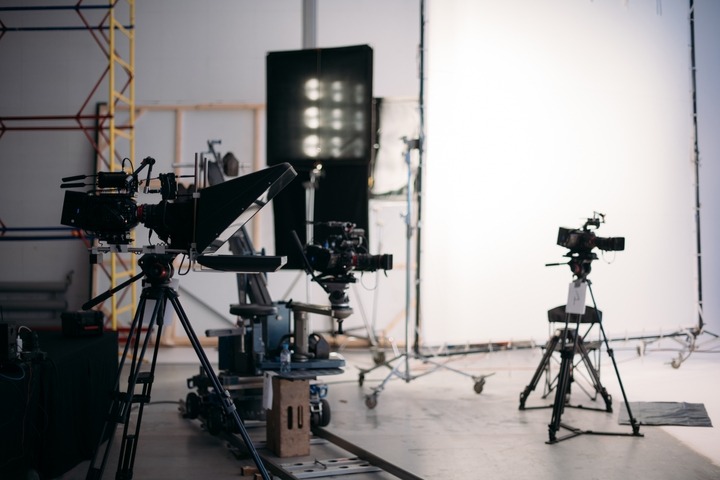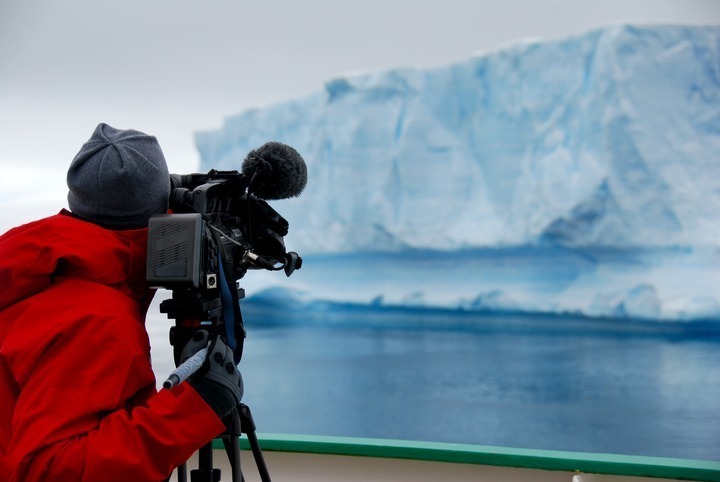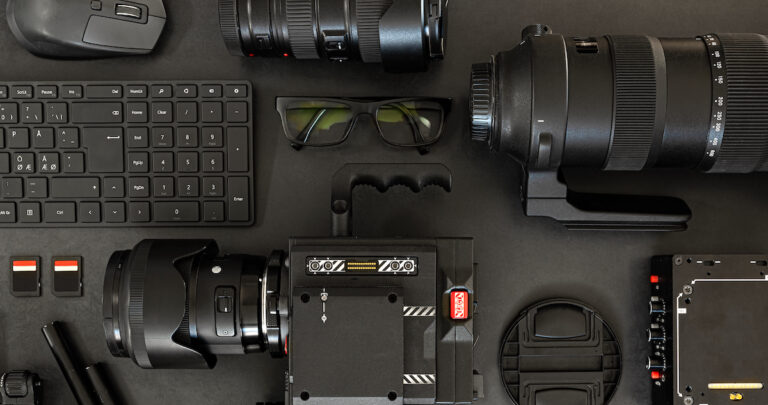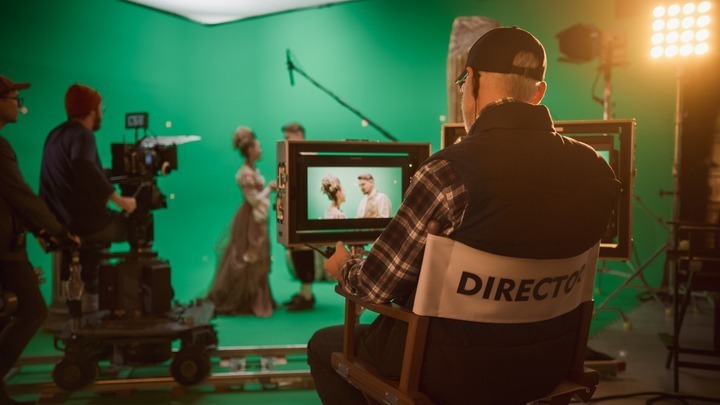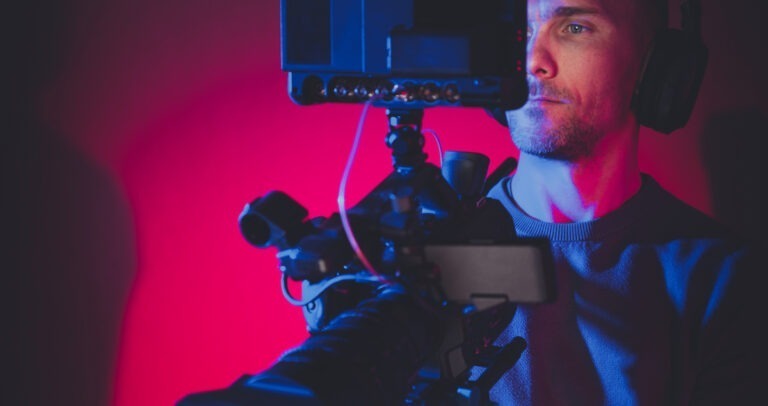Documentary filmmaking is a unique form of storytelling dating back to 1922 with American director Robert Flaherty’s Nanook of the North – the black-and-white silent story of Canada’s indigenous Inuit residents. Since then, documentary films have evolved into more than just historical narrations. From climate awareness documentaries like Our Planet to celebrity biopics like Sly – documentary filmmaking allows filmmakers to transform previously unexplored concepts into compelling film narratives.
At Voice123 – where you can find the best documentary voice actors – we believe in the everlasting power of voice. So, whether you’re a seasoned documentary filmmaker or just browsing around for inspiration – this inside look at narrative films explores what is documentary filmmaking, some of the best documentary films, their techniques and relevance, and how to get started filming a documentary.
Get ready to unmask reality through the lens of documentary filmmaking!
What is documentary filmmaking
Documentary filmmaking is a type of non-fiction film production that uses interviews, archival footage, reenactments, expert opinions, observational filming, and voice over narration to raise awareness and educate audiences by recreating biographical, social, wildlife, and historical stories and events.
Noteworthy types of documentaries include The Cove, the 2010 Academy Award winner for Best Documentary Feature that used undercover footage to expose dolphin hunting in Japan. Harry & Meghan is another significant series that documents the royal couple’s relationship. As Netflix’s second-highest-ranked documentary ever, the documentary gained 81.55 million global viewing hours in its first four days of release.
Documentary filmmaking: a vital part of modern filmmaking
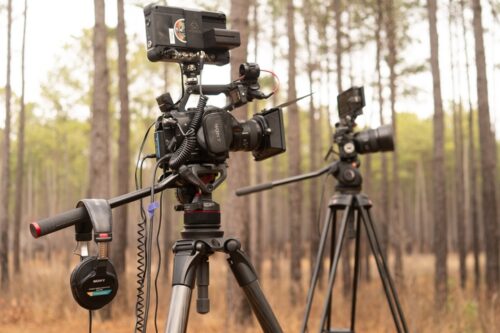
Documentary filmmaking has become vital to modern filmmaking because it does more than just relay historical information. These films showcase critical environmental, political, social, and cultural issues that educate audiences worldwide. In a Documentary.org survey, 64% stated that documentaries help them understand the world, while 62% explained that documentaries inspire them to act against issues.
Documentaries can stimulate discussions, inspire action, and mobilize communities toward positive change. They also function as historical records for future generations. For example, the Library of Congress in the U.S. preserves over 173 million items, including documentaries.
But what’s involved in actually filming a documentary? Whether for theater entertainment or marketing videos, documentary films require extensive planning, research, scripting, location scouting, and filming interviews and scenes. Mini-documentaries are a unique audiovisual tool companies can use to create marketing videos highlighting their origin story, industry impact, or core values and culture.
This mini-film format packs a mighty punch by communicating values and contributions, reinforcing a brand’s identity in a condensed storytelling framework.
How to film a documentary
- Choose a compelling topic: Something people are passionate about that addresses a significant societal issue. Blackfish drew attention to the consequences of captive orcas at SeaWorld, shedding light on animal rights and trainer interaction resulting in death and injury. The film was well received, with a 98% Rotten Tomatoes score.
- Research and develop a storyline: Critical information, insights, and perspectives help immerse audiences in the narrative. The Social Dilemma features interviews and statistical analysis exposing social media’s effect on mental health. Over 100 million people in 190 countries watched the documentary in 30 languages.
- Create a production plan: Outline logistics, equipment needs, shooting schedules, and interviews. ‘Won’t you be my neighbor?’ features well-planned interviews with Fred Rogers’ colleagues and detailed archival footage of the beloved children’s television host. It won 9 different film awards between 2018 and 2019.
- Gather footage and conduct interviews: Each story must have relevant footage and scenes that support critical facts and details. Man on Wire featured interviews and reenactments of Philippe Petit’s daring tightrope walk between the Twin Towers in 1974. It went on to receive a 100% score on Rotten Tomatoes.
- Organize and review: Carefully review, categorize, and organize all collected footage for efficient editing. RBG indexed and labeled extensive footage capturing Ruth Bader Ginsburg’s life, taking audiences on a journey through her legal career. With positive reviews from critics, it grossed $14 million worldwide.
- Edit and structure: Video editing software like iMovie and Adobe Rush helps assemble footage that shapes a cohesive, engaging narrative. Citizenfour edited Edward Snowden’s real-time revelations, creating an investigative film addressing mass surveillance. The documentary received critical acclaim, winning 17 film awards.
- Add music, voice overs, and sound effects: Music, voice overs, and sound effects amplify a documentary’s impact. Amy tells the intimate story of Amy Winehouse’s troubled life, adding authentic appeal with moving voice overs from people who knew her. The film won 30 awards, including a Best Documentary Academy Award.
- Seek feedback and revise: As a documentary filmmaker, share your work with other documentary producers for constructive criticism and improvement. Jiro Dreams of Sushi, the story of an 85-year-old three-Michelin star chef, took numerous feedback sessions to refine and perfect before receiving a rating of 99% on Rotten Tomatoes.
- Prepare for distribution: Strategize distribution aspects, such as releasing documentary films at festivals, online platforms, or theaters. March of the Penguins, a French-language film, premiered at film festivals before theaters. It was eventually released in multiple languages, grossing over $127 million worldwide.
- Promote and share your documentary: Utilize marketing strategies, social media, and networking to promote your documentary films to a broader audience. Fahrenheit 9/11 leveraged controversy and extensive propaganda to draw media attention and provoke public discussion. Earning over $222 million worldwide, Box Office Mojo listed it as the highest-grossing documentary of all time.
Documentary filmmaking techniques in narrative films

Narrative films use diverse documentary filmmaking techniques to transform fiction and reality into authentic stories. One approach is handheld cameras and a cinéma vérité style to make stories realistic, like allowing soldiers to record their battle experiences in The War Tapes. Another way is merging fictional characters with authentic historical footage. For All Mankind features original Apollo NASA footage with fictional astronaut voice overs to add personal perspectives.
A third technique is hiring non-professional actors to portray real people so audiences can connect with the story. The Thin Blue Line uses actor reenactments to recreate events described by witnesses. And a final method is blending storytelling with documentary-like voice over narration and interviews. In The Fog of War, audiences hear the voice of former U.S. Secretary of Defense Robert S. McNamara, reflecting on his role in pivotal historical events. So, what role do voice overs play in documentaries?
The key role of voice overs in documentary filmmaking
Voice overs don’t just relay information and describe images; they help tie different documentary elements together. Skilled voice actors can use their tone, articulation, pitch, and pace to emphasize crucial points and core messages. In documentaries involving real people, an emotional, heartfelt voice over enriches different characters’ thoughts, feelings, and perspectives. Think of Peter Coyote, the narrator of The Roosevelts and The Vietnam War. Coyote’s calm, authoritative style encourages audiences to trust his voice as he guides them through complex historical themes. Interested in using a professional narrator in your next documentary film? Get in touch with our account management team via managedservices@voice123.com.
Final thoughts on documentary filmmaking
Whether your documentary films are about marine animals or world wars, this type of film production is an influential art form. It can educate, inform, and rouse audiences to take positive action. To start filming a documentary, choose a compelling topic, research and develop a storyline, create a production plan, gather footage, conduct interviews, organize and review, edit and structure, add music, voice overs, and sound effects, seek feedback, revise, and prepare for distribution.
So, when you’re ready to create your own award-winning documentary, you can hire the talented voice acting pros on Voice123 or work with our Managed Services team to complete your project.
Now’s the time to create, film, and shape your truth into a documentary that echoes through time.
FAQs
It’s creating non-fictional films about real-life subjects, events, or issues that inform or educate audiences about world issues. It creates factual storytelling through interviews, archival footage, and observational techniques.
Start by learning about storytelling, camera work, and editing through courses, workshops, or self-study. Then, collaborate with industry experts to build a portfolio and gain experience and recognition.
Depending on experience, project budgets, and success, entry-level positions earn around $30,000 to $50,000 annually, while established filmmakers earn six-figure salaries or more per project.
It’s unscripted reality filming using techniques like interviews, observational shooting, and archival footage. It truthfully represents real-life events or subjects.
Ethical considerations include maintaining truthfulness and objectivity, respecting the subjects’ dignity, accurately addressing societal issues, and balancing storytelling with factual accuracy.


